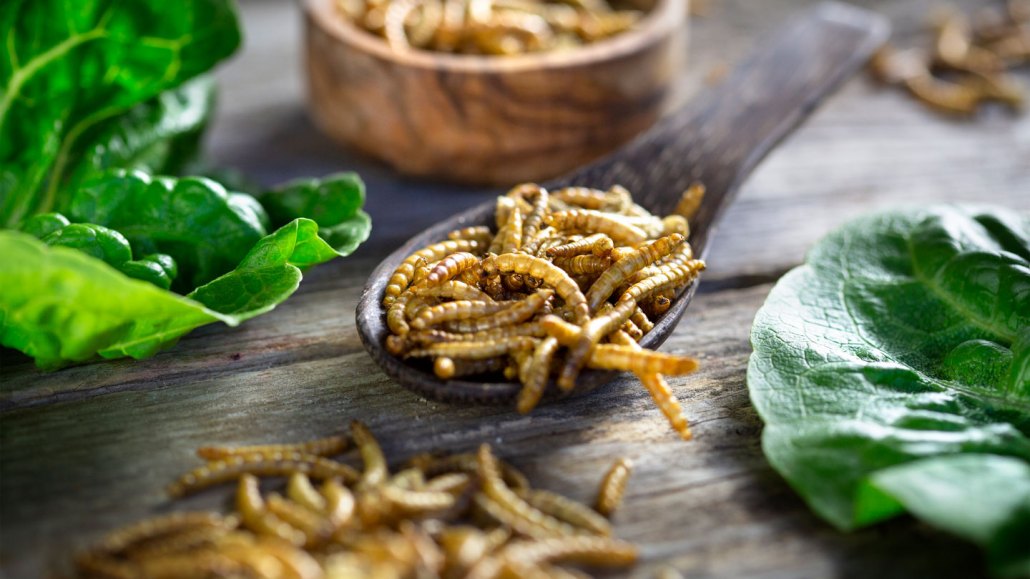New meat-scented food flavoring comes from sugar — and mealworms
The research behind it aims to help people get past the ick of eating insects

Mealworms, seen here, are part of what experts call the “big three” of edible insects. New research points out one way to make them more appetizing.
ollo/E+/Getty Images Plus
Share this:
- Share via email (Opens in new window) Email
- Click to share on Facebook (Opens in new window) Facebook
- Click to share on X (Opens in new window) X
- Click to share on Pinterest (Opens in new window) Pinterest
- Click to share on Reddit (Opens in new window) Reddit
- Share to Google Classroom (Opens in new window) Google Classroom
- Click to print (Opens in new window) Print
By Anil Oza
A spoonful of sugar may help the mealworms go down. That’s what chemists in South Korea now report.
Adding sugars to powdered, cooked mealworms creates a new food seasoning to add to kitchen pantries. It has an appetizing “meatlike” odor, researchers reported August 24. They shared their new findings at the American Chemical Society fall meeting in Chicago, Ill.
Some insects offer an environmentally friendly alternative to other sources of animal protein. For instance, they require less land and water to raise than typical livestock. Still, in the United States and other Western countries, most people have shown little interest in chomping down on bugs.
Indeed, notes Julie Lesnik, “There aren’t a lot of people ready to fry up a whole skillet of crickets and eat them fresh.” Lesnik, who did not take part in the new research, works at Wayne State University. It’s in Detroit, Mich. Finding out how to make insect-based foods more appetizing could be key to getting them into more kitchens, says this biological anthropologist.
Just one successful product could have a snowball effect for other insect-based foods, says Brenden Campbell. He’s an insect agriculturist based in Eugene, Ore., who has studied mealworms. He’s even created a company called Planet Bugs. Its goal, in part, is to produce insect-based foods. “It’s really great that this research is happening,” he says of the new Korean study. “At any point,” he suspects, people might take to the idea of insect-based foods. “And then it explodes.”
New recipe for more appetizing ‘worms’
In Hee Cho is a chemist at Wonkwang University. It’s in Iksan, South Korea. She works with mealworms. These are not true worms, but the larvae of darkling beetles (Tenebrio molitor). A few years ago, Cho’s team analyzed the odors given off as these larvae were steamed, roasted or deep-fried. Steaming them produced a sweet smell, like corn. Roasting and frying them instead released chemicals into the air that were more like those given off by meat and seafood.
In its new work, her team keyed in on what recipe of mealworms, water, sugar and cooking time produced particularly meaty scents. Then volunteers rated which of the smells seemed most yummy.
Using insects ground up or in seasonings, as Cho’s team did, might help people get over their revulsion about eating insects whole, says Amy Wright. She, for one, has no problem with eating insects. A literature professor at Austin Peay State University in Clarksville, Tenn., Wright used to keep mealworms in her apartment. She’d add them to sandwiches and guacamole. In fact, she’s such an insect-dining enthusiast that she’s written a book on the topic.
“There are plenty of things that are disgusting to us,” says Lesnik at Wayne State. But with engineering, people can get over it, she adds. “We’re just seeing insects being treated like any other food. And yeah, we’re talking aroma … but that’s what the engineers of Doritos are doing.”







